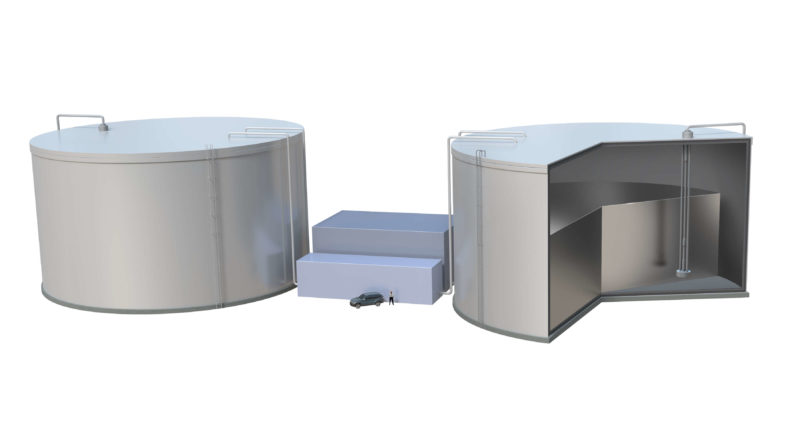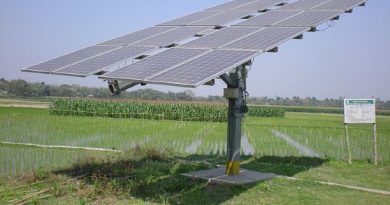Solar could soon become the Cheapest Source of Energy in the U.K.

The U.K. solar market has been tipped to see some movement in 2019 after a dismal show recently due to the removal of most of the policies designed to help its advancements in the energy mix. And in light of this news, the country’s Solar Trade Association (STA) has updated its assessments of solar’s levelised cost of electricity (LCOE), stating that after having already defied the industry’s expectation for 2019, solar could soon become the U.K.’s cheapest source of energy. That is perhaps not as surprising as it sounds, as practically every prediction when it comes to Solar 4-5 years back has unraveled, in the face of an unprecedented price drop that has literally energised solar markets in most parts of the world.
The STA report highlights that despite policy obstacles like the EU’s extension of tariffs on solar imports up to September 2018, as well as the removal of the renewable obligations scheme by the U.K. Government in 2017, and the increase of taxes on solar generation, solar’s LCOE has dropped faster than was previously anticipated in the 2014 predictions.
“This is yet another example of the fast-moving solar power market outpacing official costs analyses. Our aim here is to provide an accurate assessment of where large-scale solar costs stand as we enter 2019 when we hope to see some revival of the UK large-scale solar market,” says STA policy analyst Nicholas Gall. “We urge decision-makers to understand how effective policy frameworks enable the lowest possible costs for solar, which will greatly benefit consumers.”
The report lists Solar LCOE for 2019 to be between £50 and £60/MWh, making it cost competitive with onshore wind and more notably Gas. The report further mentions that the numbers are considerably much lower than its 2014 prediction of £80/MWh, which it noted was made after accounting for the proposed removal of tariffs in 2016 and assuming stable policy changes and financial support. With the correct policies in place, STA now states that solar generation could reach costs as low as £40/MWh by 2030.
However, that will rest on the government and the proposed introduction of policies including technology-neutral auctions, reforming rules for network access and supporting the commercial sector through a climate change levy exemption for renewable energy procured through a corporate power purchase agreement.
“We have a clear message for government and corporate energy buyers today: UK solar electricity is now cost competitive with fossil fuels,” says STA Chief Executive Chris Hewett. He adds, “By establishing the right policy framework for solar and storage, the government can enable this technology to realise its full potential in delivering an affordable, low carbon future energy system.”
According to the latest government figures, the share of renewables in the electricity generation mix currently sits at 29 percent, while nuclear sources accounted for around 21 percent. Consequently, more electricity was produced by wind and solar sources last year than by nuclear power stations, for the first time. The increase meant that low carbon energy sources which include both renewables and nuclear now account for over half of all electricity generated.
Read More: Renewables Capacity Surpasses Fossil Fuels in the UK for the First Time






